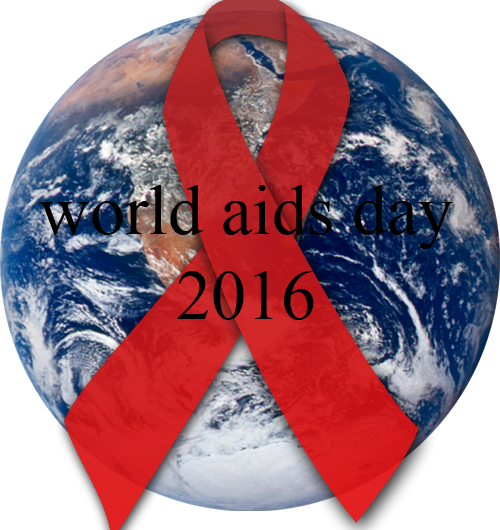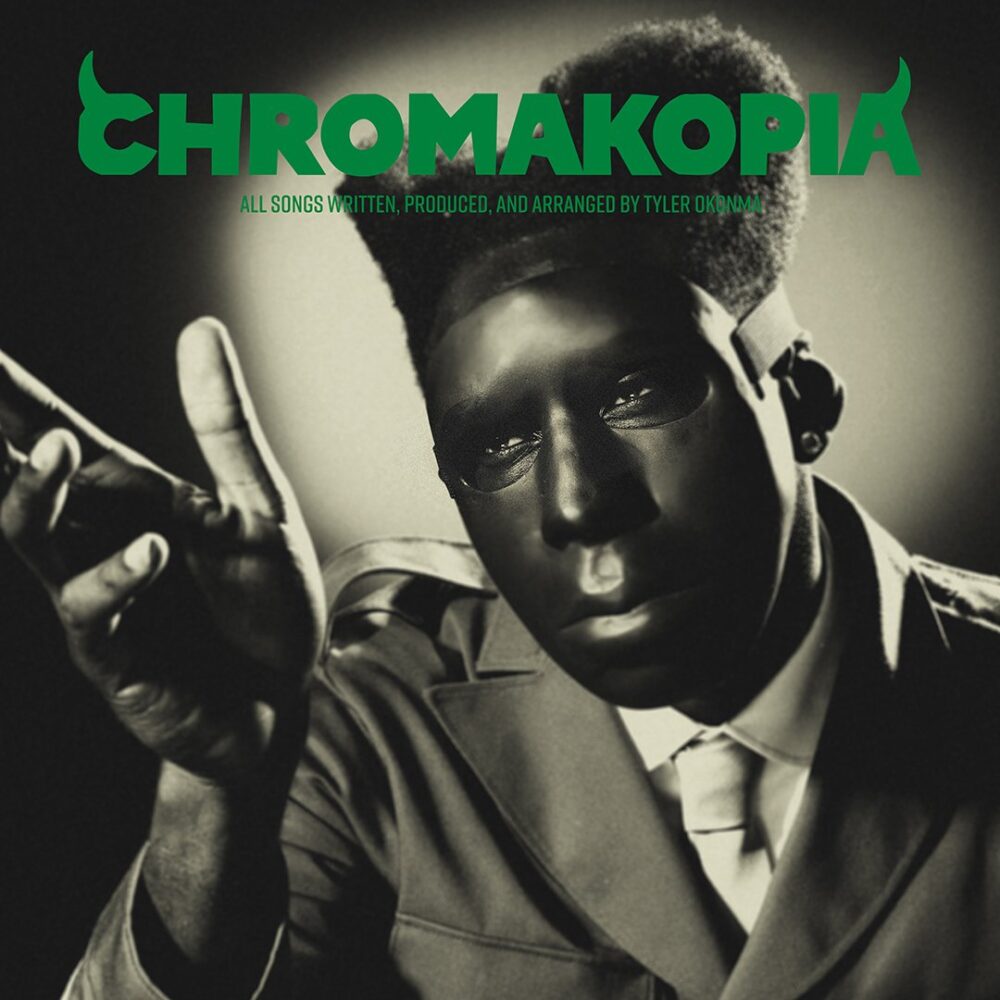World AIDS Day seeks to educate the next generation

On December 1, the world joins together to educate and to hopefully find a cure to the widespread epidemic of AIDS/HIV. AIDS can be spread throught needles or unprotected sex, but it is most comminly reported to be gained during intercourse. Experts say that it may take 10 years to test and create a working vaccine for the virus.
December 6, 2016
On December 1st, the world took an annual day of awareness for AIDS . On this day, families and friends remembered their loved ones who were taken due to the disease. Regardless of what gender, sexuality, race or ethnicity, everyone is vulnerable to the disease.
In 1983 scientists discovered the disease and originally named it HTLV-III/LAV, and it was later changed to HIV. At the current moment, the only way to prevent it would be to wear a condom or use only sterilized needles. Taught in most sex ed classes, health teachers stressed the motto, “wear a condom during intercourse,” to not only prevent teenage pregnancies but also to protect teens from sexually transmitted diseases.
Even if you did get infected it is not necessarily a death sentence, there are many ways to treat the infection. There is not a cure for the epidemic, but there has been medical breakthroughs that will help with living a day to day life normally. But regardless of the advances, it is still a challenge for people that have been affected as well for those around them.
“Because of the research on AIDS I think I would have a better chance at surviving if I contracted it,” Don Lugo student, Lindsay Faith, stated when asked about fearing the disease. “The scientist have more information on AIDS now then they did back then and there is better treatment.” For many students, HIV/AIDS is a serious threat, high school being a time of sexual maturing and experimenting, teens are more likely to contract it than their older counterparts.
Apparently, 2016 has been a momentous year when it came to AIDS research, leading to a better understanding of the disease. Many different advances have been created in vaccine development since last year. As of 2016, an antibody named N6 has been discovered to neutralize 98 percent the virus, but the antibody is deficient or nonexistent in the body.
“We have an antibody now that essentially compensates for most of the diversity of the virus” stated Dr. Justin Bailey, assistant professor of medicine at John Hopkins University of medicine, in a Huffpost interview. The fact that scientists are able to fabricate antibodies to fight the disease with modern technology, gives life to many people who’s times are running out. Without the modern advances in medicine, there would not be the needed medication used day to day to keep HIV + people alive.
Thankfully, a two-part treatment has been successful in monkeys who contracted a similar version of HIV, called SIV, through antiretroviral therapy. Regretfully, the treatment only succeeded on three of the nine monkeys. Even though there are differences between monkeys and humans, the genetic makeup of monkeys is similar enough to be able to use with testing the vaccines.
However, even HIV experts say it could be more than 10 years until any working vaccine could be tested or created. Meaning that the death toll will continue to rise due to complications related to HIV. For now, all anyone can do is continue practicing safe sex, and otherwise protect themselves.





